
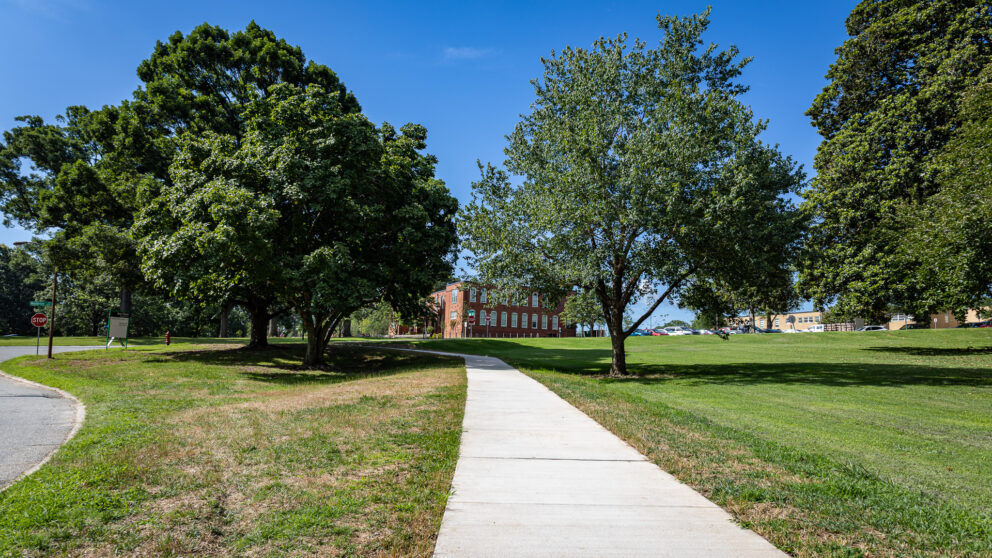
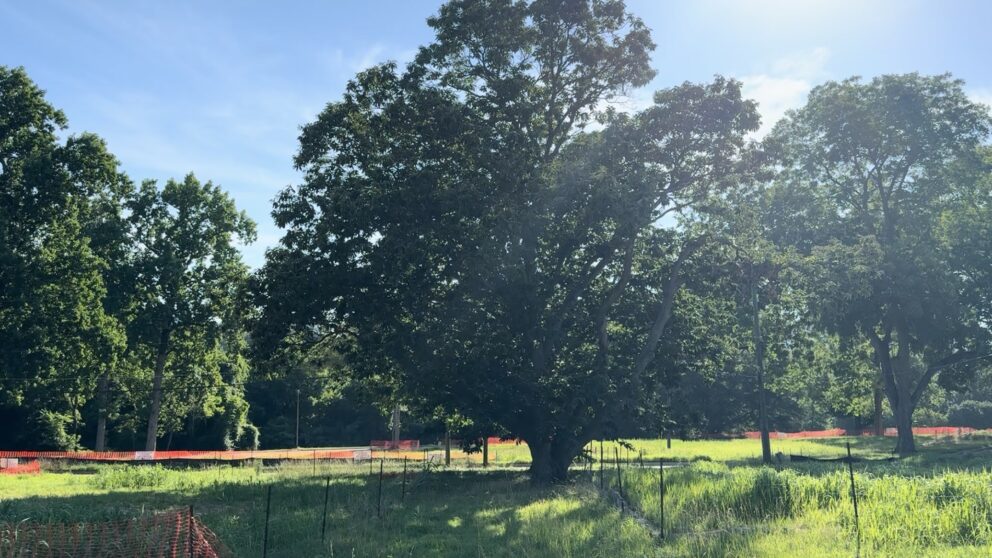
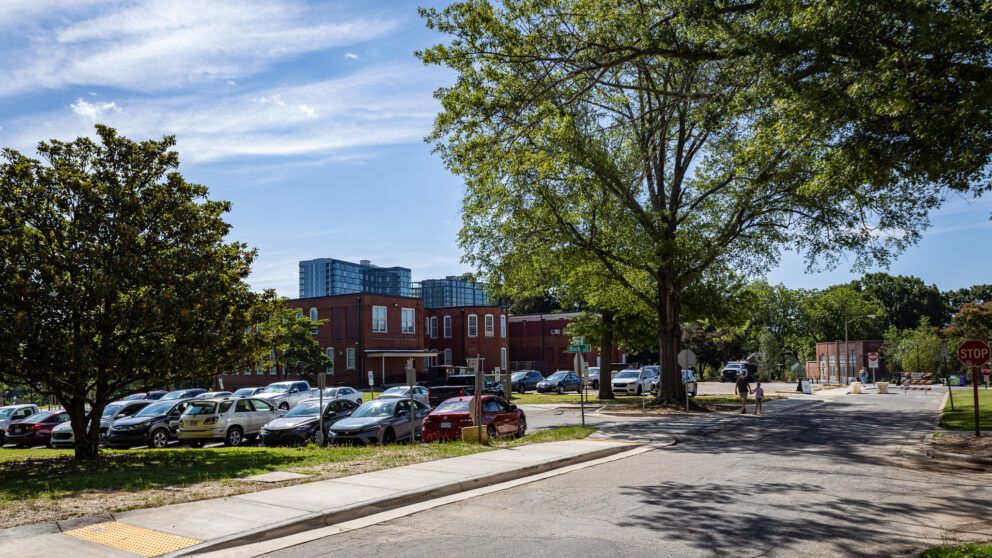
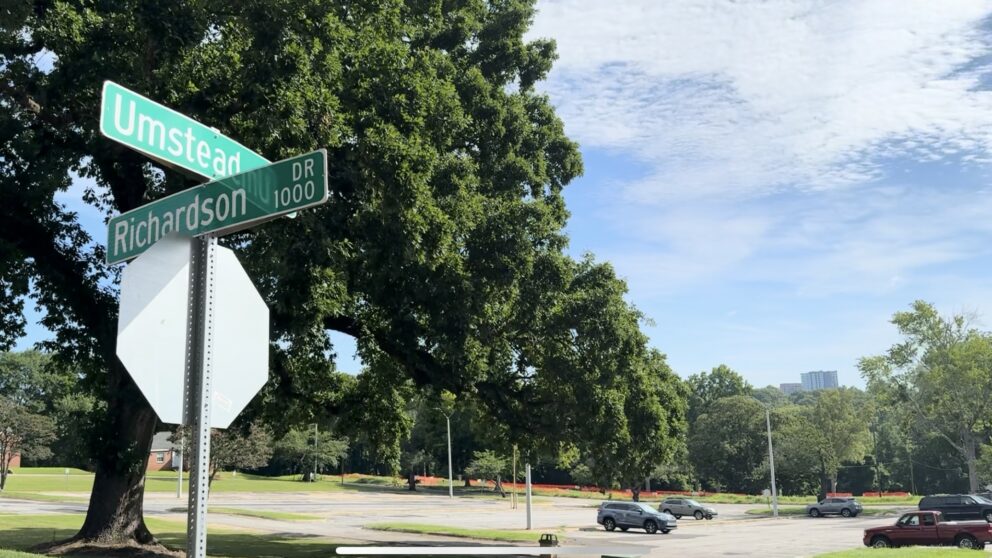
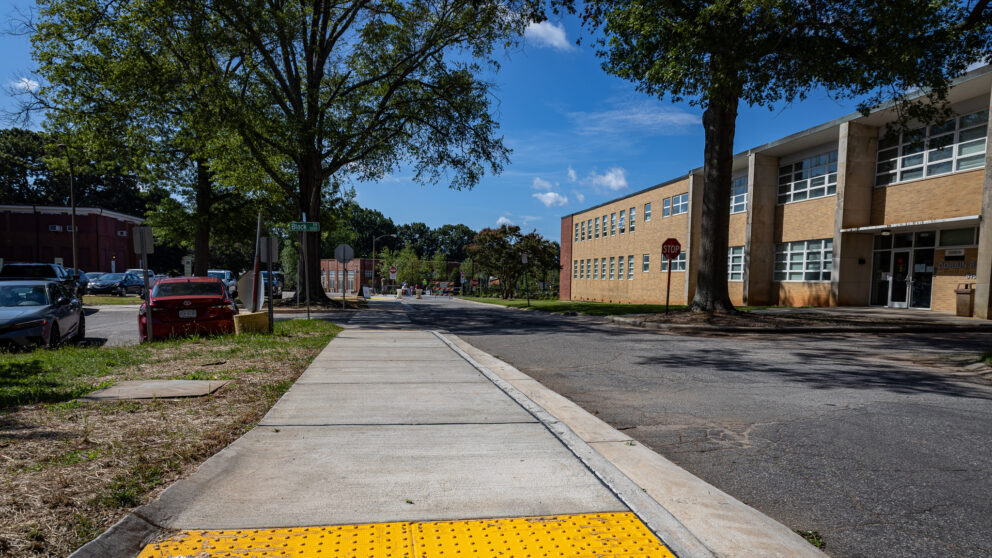
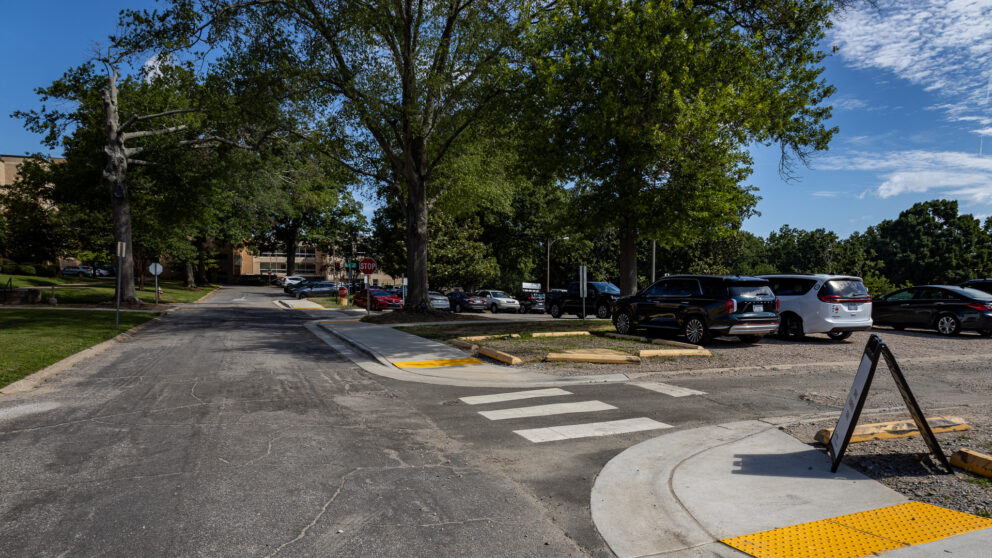
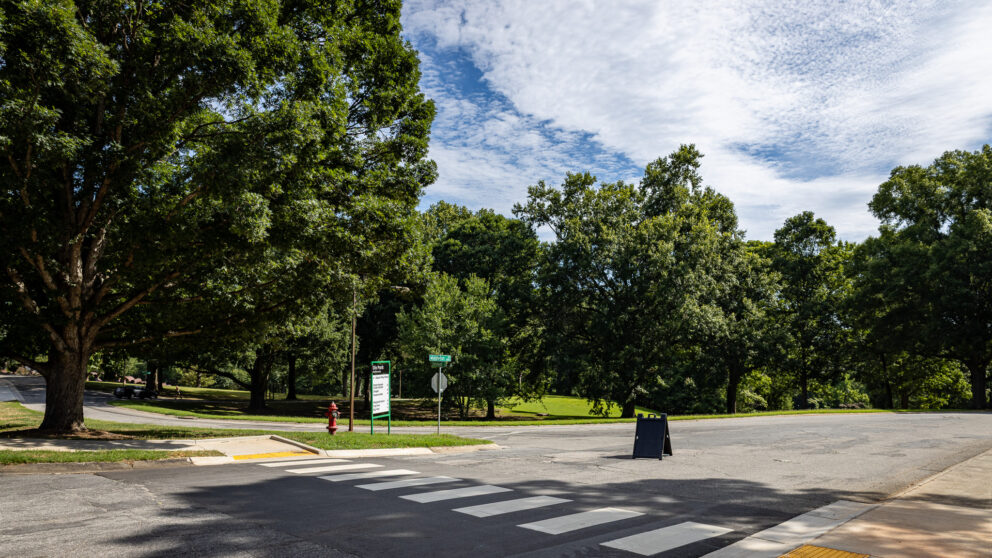
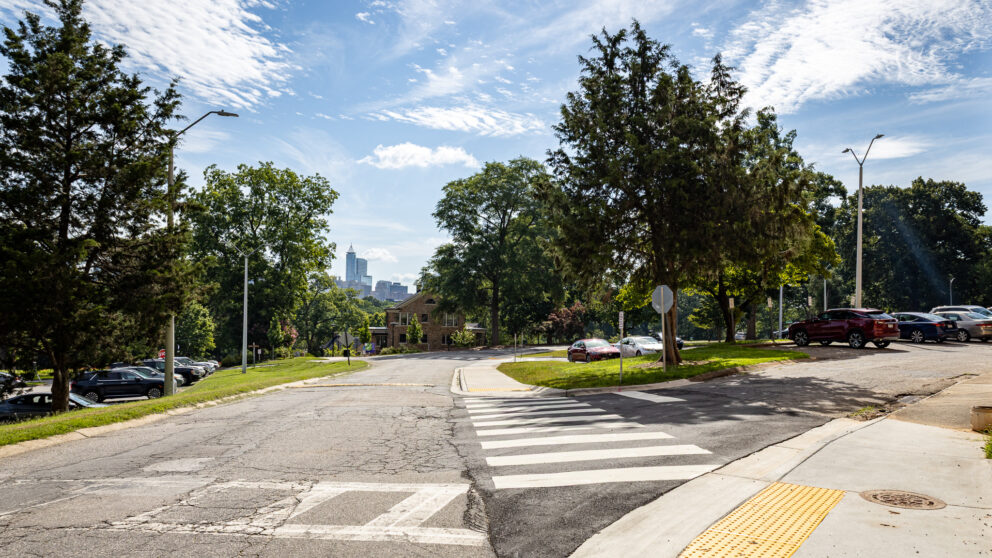
Overview
Timmons Group is providing landscape architecture, civil engineering, and surveying services as part of ongoing improvements at Dorothea Dix Park in Raleigh, North Carolina. The work supports multiple active projects for Raleigh Parks, Recreation and Cultural Resources, including accessibility enhancements and site preparation for future development. Timmons Group is a subconsultant on the multi-disciplinary design team led by Osterlund Architects.
Accessibility has been a central focus throughout the planning and design process. Early on, our team participated in a public summit to present project goals and gather input on the park’s history, existing conditions, and future needs. This engagement helped inform priorities and reinforced the importance of creating spaces that welcome all users.
ADA-related improvements include accessible parking, crosswalks, ramps, and sidewalk connections throughout the park. Specific upgrades have been completed at Big Field, Umstead Drive, Hunt Drive, and Gipson Play Plaza, with more improvements planned for the Sunflower Field. Timmons Group also led a feasibility study for a future fitness loop trail and supported planning for a potential greenway connection. Our team provided full design services, permitting, bidding support, and construction administration to ensure these upgrades meet current accessibility standards and align with the City’s connectivity goals.
As part of broader site transitions, Timmons Group has supported Raleigh Parks and the design team with civil and landscape architecture services that prepare the park for long-term public use. This includes coordination and design guidance related to selective removal of outdated infrastructure. A key priority in this work has been the protection of healthy, mature trees. In collaboration with the City’s Urban Forestry staff, we developed strategies that minimize root zone disturbance, such as using coir wattles instead of traditional silt fence and recommending flowable fill to safely abandon utilities in place. In sensitive areas, concrete removal was planned without heavy machinery to protect nearby tree canopies.
On-site responsiveness has also been critical due to the presence of undocumented infrastructure. Our team regularly coordinated with City staff, the architect, and contractors to address field conditions in real time. These efforts helped preserve two mature Chestnut trees and protect other canopy trees previously thought to be at risk.
Following infrastructure removal, the site was regraded and restored. In select areas, native wildflowers and prairie grasses were installed in coordination with the park’s artist-in-residence and NCDEQ, meeting erosion control requirements and reducing the need for turf grass.
Together, these projects reduce impervious surface, support the Dix Park Master Plan, and prepare the site for future phases. Ongoing work will continue to advance the City’s goals for accessibility, ecology, and inclusive public spaces.